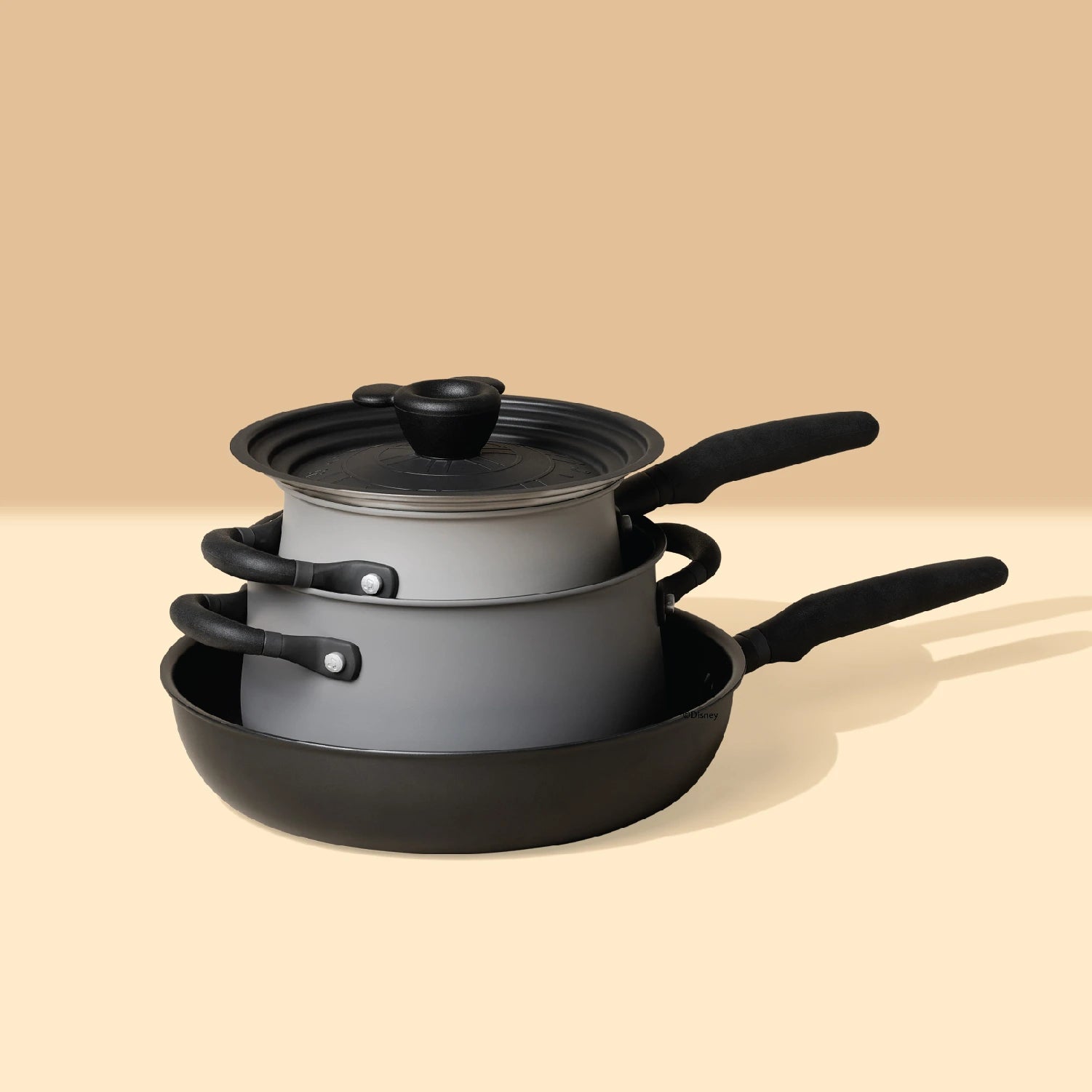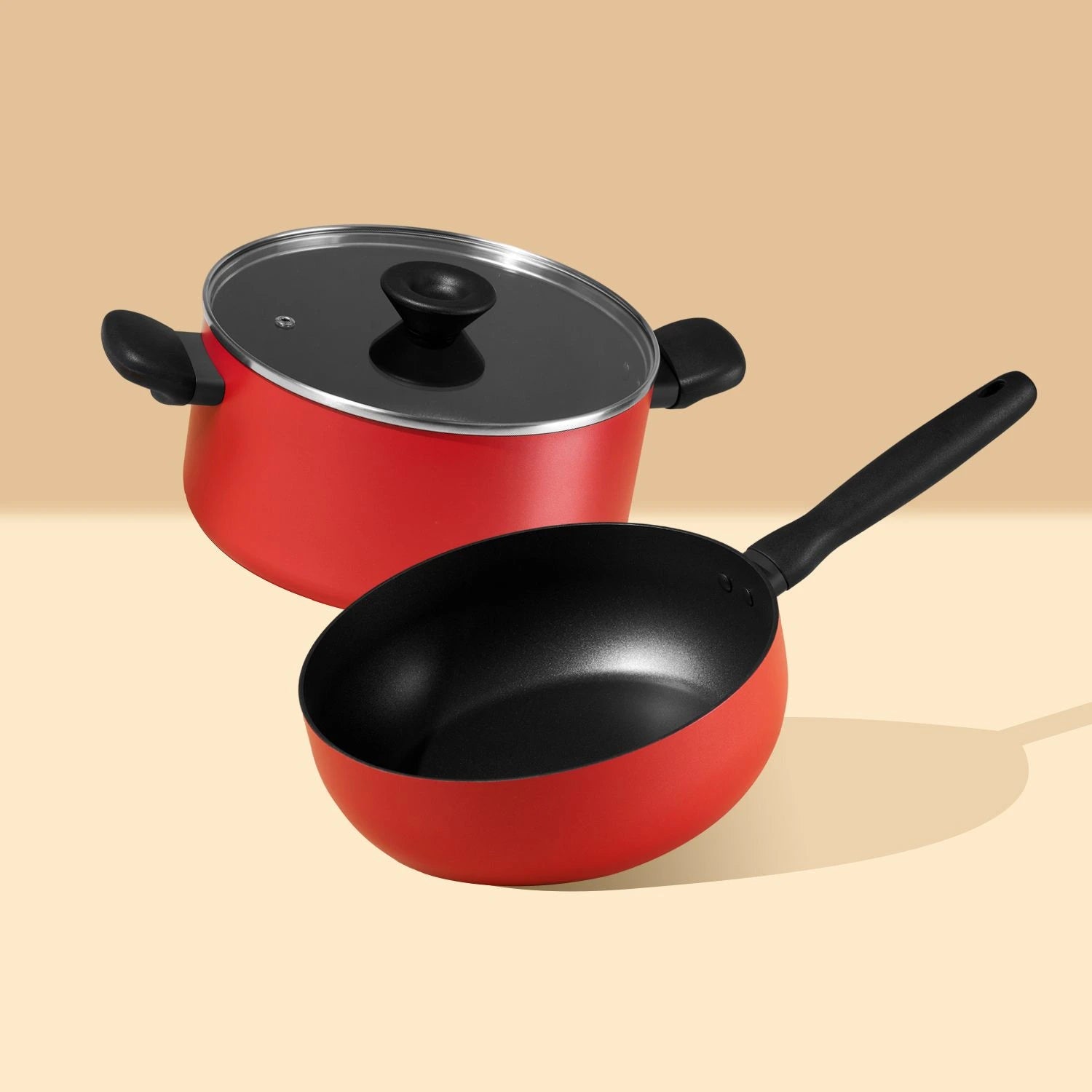Overcoming weight loss challenges with nonstick cookware involves leveraging its features to facilitate healthier cooking practices, which can contribute to achieving weight loss goals. Nonstick cookware's primary advantage lies in its ability to minimize the need for added fats and oils during cooking. By reducing the amount of oil used in recipes, individuals can lower their calorie intake, a crucial factor in weight management.
Table of Contents
Overcoming Weight Loss Challenges:
"Overcoming weight loss challenges" refers to the process of addressing obstacles or difficulties that may hinder an individual's efforts to lose weight successfully. These challenges can vary from person to person and may include factors such as unhealthy eating habits, lack of physical activity, emotional eating, medical conditions, or lifestyle factors.
To overcome weight loss challenges, individuals may need to make changes to their diet, exercise routine, mindset, or lifestyle habits. This could involve adopting healthier eating patterns, increasing physical activity levels, managing stress, seeking support from healthcare professionals or support groups, and making sustainable lifestyle changes.
Why Do You Need Non Stick Cookware To Overcome Weight Loss Challenges?
Nonstick cookware plays a crucial role in overcoming weight loss challenges due to several reasons:
- Reduced Oil Usage: Nonstick surfaces require minimal oil for cooking, allowing you to cut down on added fats and calories in your meals. This reduction in oil consumption contributes to weight loss by lowering overall calorie intake.
- Healthier Cooking Methods: Nonstick cookware enables you to employ healthier cooking techniques such as grilling, sautéing, and stir-frying with minimal oil or even dry cooking. These methods promote lower calorie consumption and healthier meal preparation.
- Portion Control: Nonstick cookware makes it easier to cook smaller portions without food sticking to the pan. By practicing portion control, you can manage calorie intake more effectively, which is essential for weight management.
- Versatility: Nonstick cookware is versatile and suitable for various cooking techniques, allowing you to prepare a wide range of healthy dishes using fresh ingredients. From vegetables to lean proteins, nonstick cookware accommodates different food groups, facilitating a balanced diet conducive to weight loss.
- Easy Cleanup: The nonstick coating ensures easy cleanup after cooking, encouraging you to cook more at home with fresh ingredients instead of relying on processed or pre-packaged foods. By preparing meals at home, you have better control over ingredients and portion sizes, which supports weight loss efforts.
Best Strategies for Overcoming Weight Loss Challenges with Nonstick Cookware
Here are some strategies for overcoming weight loss challenges with nonstick cookware:
- Portion Control: Use nonstick cookware to cook smaller portions of food. The nonstick surface allows for easy cooking and cleanup, making it convenient to prepare smaller meals that are portion-controlled and lower in calories.
- Reduce Oil Usage: Take advantage of the nonstick surface to cook with minimal oil or even without oil. This reduces the amount of added fats and calories in your meals, helping you achieve your weight loss goals.
- Choose Healthier Cooking Methods: Experiment with healthier cooking methods such as grilling, roasting, steaming, and stir-frying using nonstick cookware. These methods require less oil compared to traditional frying, making your meals healthier and lower in calories.
- Use Fresh Ingredients: Nonstick cookware makes it easy to cook with fresh ingredients such as vegetables, lean proteins, and whole grains. Incorporate more fresh produce into your meals to boost nutrition and support weight loss.
- Opt for Lean Proteins: Cook lean proteins such as chicken, fish, tofu, and legumes in nonstick cookware to minimize the need for added fats. Lean proteins are filling and nutritious, making them ideal for weight loss.
- Practice Mindful Cooking: Pay attention to your cooking techniques and ingredients when using nonstick cookware. Be mindful of portion sizes, seasoning choices, and cooking methods to create balanced and nutritious meals that support your weight loss efforts.
- Experiment with Flavorful Herbs and Spices: Enhance the flavor of your dishes using herbs, spices, and citrus zest instead of relying on excessive amounts of oil or butter for flavor. Experiment with different seasonings to add variety and excitement to your meals.
- Plan Ahead and Batch Cook: Use nonstick cookware to batch cook healthy meals in advance. Prepare large batches of soups, stews, and stir-fries that you can portion out and freeze for quick and convenient meals throughout the week
Overcome Weight Loss Challenges with Meyer Nonstick Cookware:
Meyer nonstick cookware is designed to require minimal oil for cooking, allowing you to reduce your calorie intake without sacrificing flavor or texture. The nonstick surface ensures that food does not stick to the pan, making it easier to cook with less oil and promoting portion control. Additionally, Meyer nonstick cookware is versatile and can be used for various cooking methods, from sautéing to baking, enabling you to prepare a wide range of healthy and delicious meals. By incorporating Meyer nonstick cookware into your kitchen arsenal, you can overcome weight loss challenges by making healthier food choices and adopting sustainable cooking habits that contribute to long-term success











Leave a comment